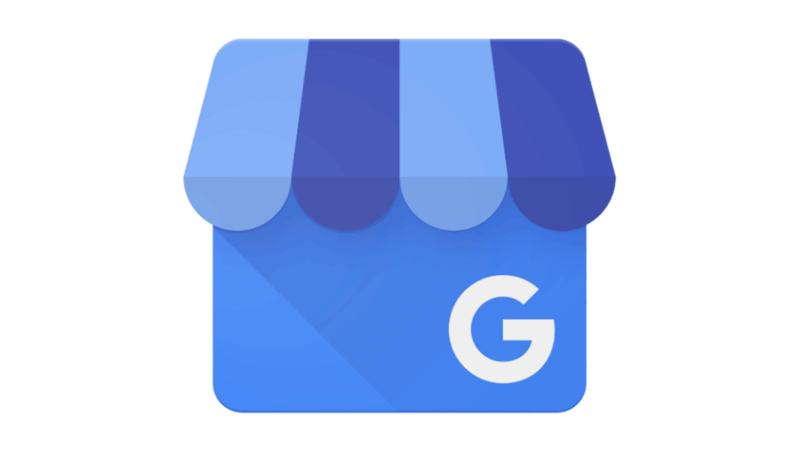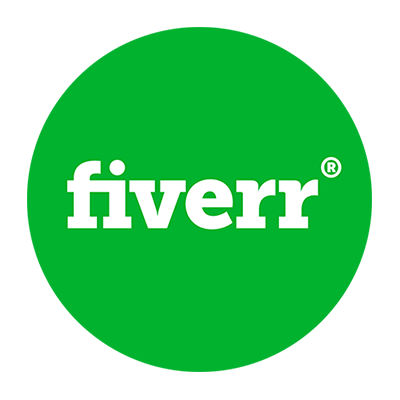I Launched A $180K/Year Niche Coworking Space [Atlanta]
Hello! Who are you and what business did you start?
Hi, I’m Alan Crowe, a native of Atlanta, and I launched a coworking space in 2020 called Room2work. If you have heard the term coworking, it's likely due to the woes of coworking behemoth WeWork, or you belong to a local shared office space.
For most of the last 20 years, coworking catered to digital nomads who could work anywhere as long as they had laptops and a strong WiFi signal.
Room2work is a little different and is considered niche coworking. The first specialty coworking spaces were for women only, but as the value proposition for shared office space grew, the number of audience-specific workspaces grew as well.
Today you can find coworking dedicated to real estate, legal professionals, food prep, contractors, and a few like Room2work that specialize in eCommerce.
Our first location is in Roswell, GA, just north of Atlanta. It’s 7,500 sqft that I refer to as the “Lab” and includes office space, meeting rooms, a video podcast studio, and a warehouse. I call it the lab because we’re testing every possible idea and taking a few lumps to find out the best way to scale Room2work.
Our...

Download the report and join our email newsletter packed with business ideas and money-making opportunities, backed by real-life case studies.

Download the report and join our email newsletter packed with business ideas and money-making opportunities, backed by real-life case studies.

Download the report and join our email newsletter packed with business ideas and money-making opportunities, backed by real-life case studies.

Download the report and join our email newsletter packed with business ideas and money-making opportunities, backed by real-life case studies.

Download the report and join our email newsletter packed with business ideas and money-making opportunities, backed by real-life case studies.

Download the report and join our email newsletter packed with business ideas and money-making opportunities, backed by real-life case studies.

Download the report and join our email newsletter packed with business ideas and money-making opportunities, backed by real-life case studies.

Download the report and join our email newsletter packed with business ideas and money-making opportunities, backed by real-life case studies.






































